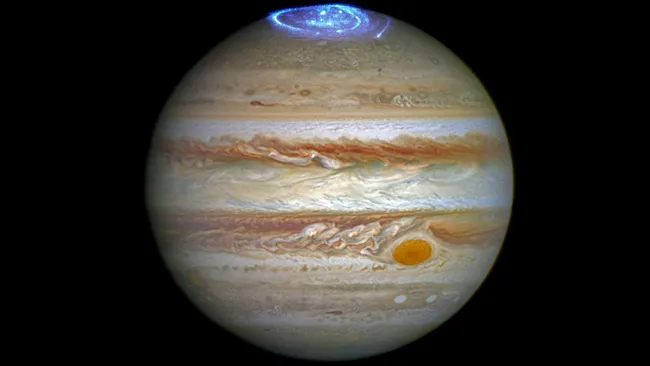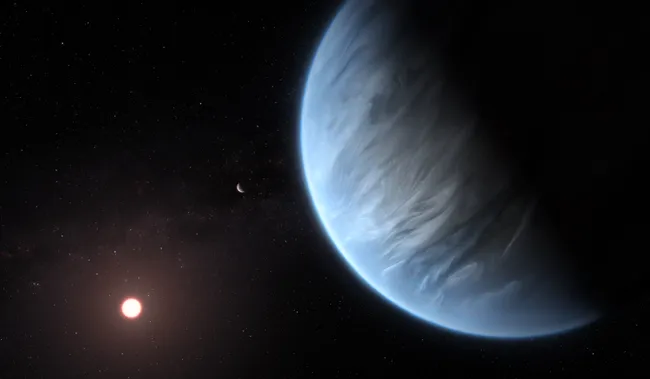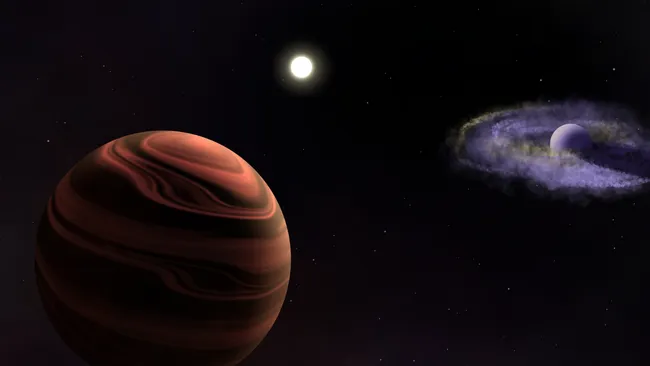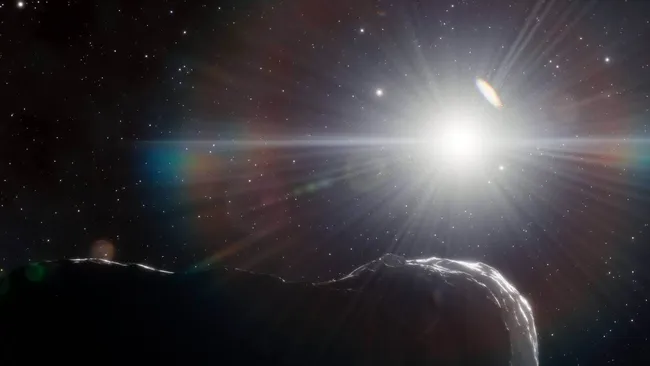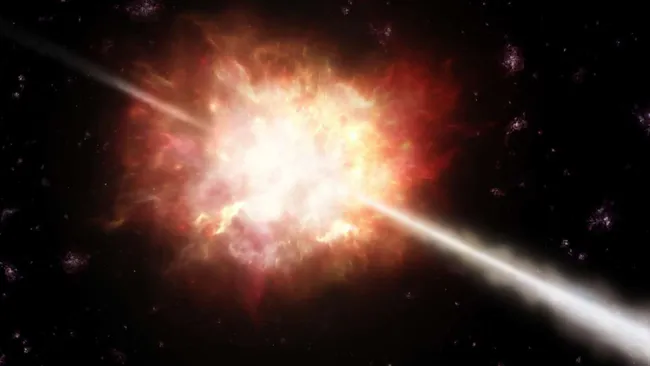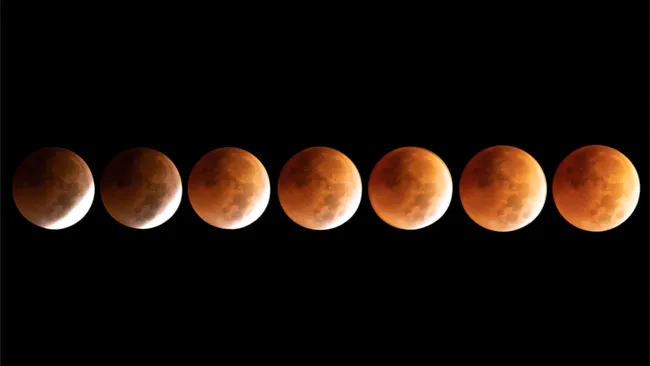Without Jupiter, Earth as we know it might never have existed. A new study from Rice University reveals that Jupiter began shaping our planet’s destiny even before Earth itself formed. The research shows that the giant planet carved massive gaps in the early solar system, preventing the material that built Earth from spiraling into the Sun.
Using advanced computer simulations, scientists discovered that Jupiter’s rapid growth — during the solar system’s first few million years — disrupted the swirling disk of gas and dust surrounding the young Sun. Its immense gravity created ripples that shaped ring-like structures, effectively acting as cosmic barriers. These dense regions trapped dust and rock, allowing them to coalesce into planets instead of being lost to the Sun’s heat.
“Jupiter didn’t just become the biggest planet — it set the architecture for the whole inner solar system,” said Andre Izidoro, co-lead author and assistant professor at Rice University. “Without it, we might not have Earth as we know it.”
The findings suggest that Jupiter’s growth divided the early solar system into two distinct zones — inner and outer — limiting how material mixed between them. This separation explains the isotopic differences seen in meteorites today, evidence of two separate regions of planetary formation.
Moreover, the study helps clarify why some primitive meteorites, known as chondrites, formed millions of years later than the first solid objects. Jupiter’s gravitational influence delayed the formation of these materials, creating a “second generation” of planetesimals that later evolved into meteorites still falling to Earth today.
The team’s results align with observations from the Atacama Large Millimeter/submillimeter Array (ALMA) in Chile, which has captured young star systems with similar ring and gap structures — suggesting giant planets naturally sculpt their environments during formation.
“Our solar system was no different,” Izidoro said. “Jupiter’s early growth left a fingerprint still visible today — locked inside meteorites that fall to Earth.”
The study was published on October 22 in the journal Science Advances.

